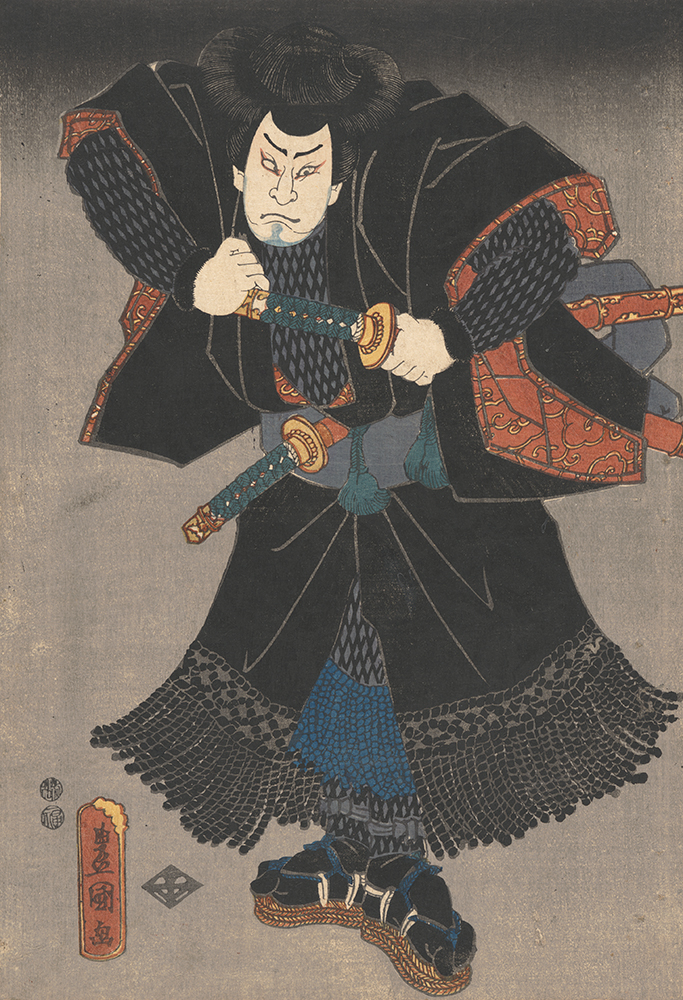Art and Cultural Exchange along the Silk Road
December 26, 2009 - June 5, 2011

The trade routes known collectively as the Silk Road not only allowed merchants throughout Asia and Europe to exchange goods — such as Chinese silk, Byzantine gold, and Indian spices – but they also introduced people in disparate parts of the continent to new beliefs, systems of government, literary genres, musical styles, and visual forms. In turn, these exchanges shaped each region’s art, language, religion, economics, and politics.
Drawing from the Ackland’s celebrated collection of Asian art, the special exhibition Art and Cultural Exchange along the Silk Road features over sixty objects which were created along these storied corridors of trade. Individually and in groups, these objects — dating from the first through the sixteenth centuries — reflect the broad scope of cultural exchange which occurred along the Silk Road. Newly acquired Chinese ceramics, a rarely seen sixteenth-century Russian painting, vibrant Roman glass from the first three centuries of the millennium, and Hellenistic coins are only a few of the objects which have either never been seen in the Museum, or have not been exhibited in many years. These will join several longtime Ackland favorites, including the fifteenth-century Thai Head of Buddha, the 1570 Mosque Lintel with Calligraphy, and the second-century Indian sculpture of a Yakshi.
Installed in three Museum galleries, Art and Cultural Exchange along the Silk Road highlights the significance of trade-related cross-cultural contact with works of art created and traded in numerous parts of Asia and Europe — from China and India to points west (Iran, Syria, Italy, and France), north through Afghanistan, Pakistan, Tibet, Nepal, on to Russia, and south and east to Burma, Thailand, and Japan.
Director of Academic Programs Carolyn Allmendinger, curator of the exhibition, collaborated with a number of UNC-Chapel Hill faculty members and students to shape the form and content of Art and Cultural Exchange along the Silk Road. Specialists in Asian history, art, languages, literature, religion, and geography suggested connections between objects and ideas, ways to understand the works of art as evidence of historical trends, and posed questions and issues for visitors to consider. Brand new research will continue throughout the course of the exhibition as scholars continue to examine the objects on view, approaching the exhibition itself as an ongoing research project. New findings and perspectives will appear as additional wall labels installed periodically.
“This exhibition gives us the opportunity to bring together two of the Ackland’s greatest resources: our University collaborators and our Asian art collection,” said Allmendinger.
Art and Cultural Exchange along the Silk Road uses the relationships between objects from geographically distinct regions to illustrate the considerable cultural exchange that occurred along the Silk Road. For example, a second-century funerary relief sculpture from Palmyra (in Syria) and a Buddhist narrative relief sculpture from Gandhara (in Pakistan and Afghanistan) both share specific visual characteristics — details of drapery folds, ornamental garlands, and decorative columns — that suggest the close cultural connections between these regions in Asia and the ancient Mediterranean. Similarly, centuries later, a sixteenth-century lintel from a mosque in India bears inscriptions in Arabic and Persian, a cultural mix indicative of the diverse linguistic, religious, and political traditions deeply embedded in that region and due in large part to the influence of the Silk Road.
“As the works in this exhibition suggest, modern notions of globalization have strong historical antecedence,” said Ackland Director Emily Kass. “Alone, these objects are interesting and beautiful works of art, but together they tell an entirely different story about cultural interaction and influence.”
In addition to the works of art on display, Art and Cultural Exchange along the Silk Road will use maps produced by University scholars and period maps drawn from the Rare Book Collection at the Wilson Library to illustrate the paths along which these works traveled. Text panels and related materials explore the objects’ visual characteristics and connect them with other forms of historical evidence. Music, food, textiles, and literature are just some of the themes that will be explored in public programs related to the exhibition.
In 2010-2011 public programming for Art and Cultural Exchange along the Silk Road is made possible by the generosity of Philip and Linda Carl.
Image Credit: Unidentified artist, Indian, Gandhara region; The Offering of the Four Bowls to Buddha, second century; gray schist, 16 3/4 x 18 7/16 x 3 5/8 in. (42.5 x 46.8 x 9.2 cm); Gift of Clara T. and Gilbert J. Yager and Ackland Fund, 90.35

